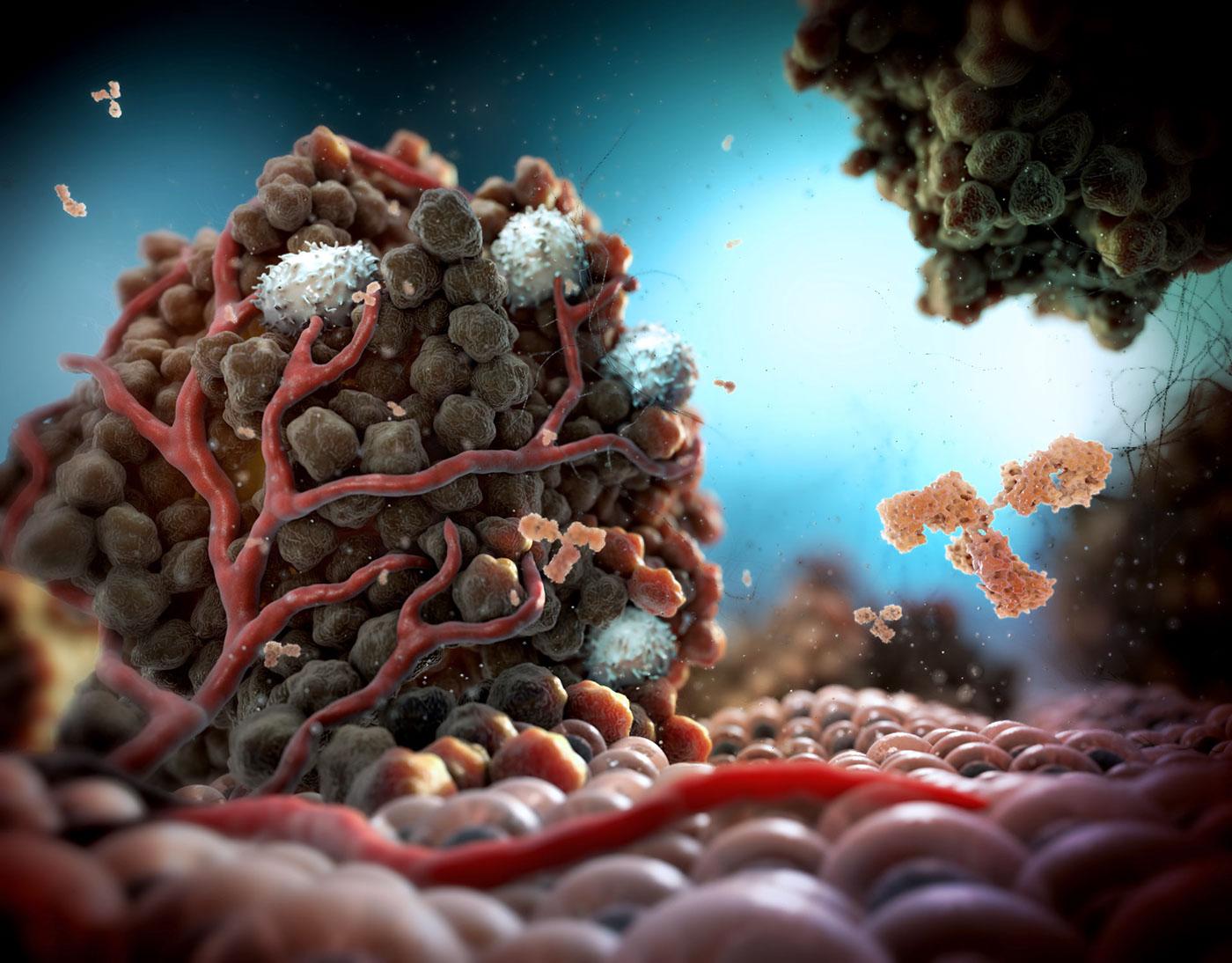The tumor microenvironment refers to the cells and molecular factors that surround and influence tumor cells. It plays a vital role in cancer initiation, progression, and metastasis. The tumor microenvironment consists of various cells types including cancer associated fibroblasts, tumor associated macrophages, endothelial cells, pericytes that support tumor growth, invasion, angiogenesis and evasion of immune destruction.
The Global Tumor Microenvironment Market Size is estimated to be valued at US$ 1.7 Bn in 2024 and is expected to exhibit a CAGR of 8.5% over the forecast period 2024 to 2030, as highlighted in a new report published by Coherent Market Insights.
Market Dynamics:
Rising cancer incidences across the globe is one of the major drivers of the tumor microenvironment market. According to the World Health Organization (WHO), cancer is the second leading cause of death globally and was responsible for nearly 10 million deaths in 2020. In addition, increasing initiatives by public and private research organizations to understand tumor microenvironment and develop novel therapeutics targeting it is also fueling market growth. For instance, according to the National Cancer Institute (NCI), the annual budget for cancer research in the U.S. was US$ 6.2 billion in 2020. Moreover, large number of drugs in the pipeline targeting tumor microenvironment is further propelling the market. However, high costs associated with research and development of tumor microenvironment targeting drugs may restrain market growth.
SWOT Analysis
Strength: The tumor microenvironment market has significant potential for growth and innovation. Biopharmaceutical companies are investing heavily into researching new therapies that target the TME. Additionally, many diagnostic tools are being developed that can analyze the TME and help guide treatment plans. This level of R&D investment indicates strong momentum in the sector.
Weakness: Developing therapies that target the TME presents unique challenges. The complex interplay between cancer cells and the surrounding tissues makes it difficult to design interventions with minimal side effects. Financial risks are also high since clinical trials for TME-related treatments involve lengthy development timelines.
Opportunity: An improved understanding of how the TME influences tumor progression and resistance to therapies presents opportunities for novel drug targets. Many types of cells, secreted factors and physical properties within the TME are still not fully characterized. Elucidating these mechanisms could lead to new treatment strategies. Technologies for high-throughput TME profiling also enable more personalized approaches.
Threats: Significant competition exists from companies pursuing alternative oncology drug pipelines. Budget constraints within healthcare systems also threaten market growth potential if pricing is not competitive or cost-effectiveness cannot be demonstrated. Regulations surrounding use of patient-derived samples or clinical validation of TME diagnostic tools also present barriers.
Key Takeaways
The global tumor microenvironment market is expected to witness high growth over the forecast period of 2024 to 2030. The market size for tumor microenvironment was US$ 1.7 Bn in 2024 and is expected to reach US$ 5 Bn by 2030, growing at a CAGR of 8.5%.
Regional analysis indicates North America currently dominates the tumor microenvironment sector due to significant research funding and presence of major biotech hubs. However, Asia Pacific is anticipated to be the fastest growing regional market because of growing healthcare investments, expanding biotech industries and increasing cancer incidence in countries such as China and India.
Key players operating in the tumor microenvironment market are RCSpeeds, Stalker Radar, Geolux d.o.o, Escort Ltd, Mangal security products, Decatur Electronics Inc., Gvtel Communication System, M R Communications, Shenzhen Lutu Technology Co., LTD, rockymountainradar, and Ultra Mind Technologies India Pvt. Ltd. Most leading companies are prioritizing investments in TME biomarker discovery and developing combination therapies that integrate tumor profiling with immunotherapies, targeted drugs or other treatment modalities. Partnerships have also grown between biotechs and diagnostics firms to facilitate clinical validation and commercialization of liquid biopsy and imaging tools optimized for TME analysis.
Get More Insights on This Topic: https://insightinferno24.blogspot.com/2024/02/tumor-microenvironment-market-growth.html
Explore More Information, Please Visit: https://coolbio.org/monoclonal-antibody-therapeutics-revolutionizing-patient-care/
